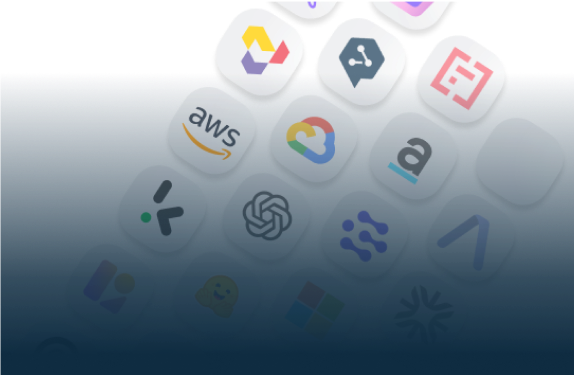
Start Your AI Journey Today
- Access 100+ AI APIs in a single platform.
- Compare and deploy AI models effortlessly.
- Pay-as-you-go with no upfront fees.
This guide shows how to use Eden AI’s API to generate videos in Python. It covers the process of launching a video job with a POST request and retrieving the results with a GET request, with clear code examples and explanations.

Welcome to our comprehensive tutorial on generating videos from text using Python!
Whether you're creating dynamic video content, developing educational videos, or exploring the creative potential of AI-driven video generation, this tutorial will provide you with the knowledge and tools you need to bring your text-based ideas to life visually.

Video Generation allows you to effortlessly create stunning video content from text or images, turning your ideas into captivating visual stories.
Whether you're looking to produce promotional videos, educational content, or creative animations, this tool transforms your concepts into engaging, high-quality videos with minimal effort.
1. Before implementing Video Generation, you need access to the Eden AI API. Visit Eden AI and sign up for an account. Once registered, navigate to the API section to obtain your API key. This key will give you access to a wide range of AI services including face comparison.

2. Go to Image Technologies – Once logged in, head to the image section of the platform.
3. Choose Face Comparison – Select the face comparison feature or explore additional options based on your requirements.
Eden AI offers an interface to test various AI models before integration, helping you determine which provider best suits your needs.
To interact with the Eden AI API, you will need to install the Requests module if you haven't already. You can do so by running the following command:
This library allows you to make HTTP requests easily in Python, which we will use to interact with the Eden AI API.
In the first phase, we send a POST request to initiate the video generation. This request includes the necessary parameters, such as the video provider and the text prompt that describes the video you want to generate.
Now, let's look at the POST request that will start the video generation process. This request sends a prompt to the Eden AI API, and in return, you receive a public ID that can be used to track the job.
Here is the code to launch the video generation:
Headers: The Authorization header is required to authenticate your API request. The value contains your API token.
URL: The url is the endpoint where we send the POST request to start the video generation.
Payload: The payload includes:
Response Handling: The response from the server is captured in the result variable. If the request is successful, you receive a public ID that can be used in the GET request to track the status.
Once the job is launched, we send a GET request to check the job status and retrieve the final generated video. This phase allows you to track the progress of the video creation and download the result once it's ready.
Once you have launched the job, the next step is to check its status using the GET request. You'll use the public ID from the POST request to query the job status and retrieve the generated video.
Here is the code to retrieve the job results:
Public ID: You replace "your_public_id_here" with the public ID you received from the POST request. This ID identifies the specific video generation job.
API Key and Headers: The Authorization header contains your API key, used to authenticate your request.
URL: The URL is the GET endpoint to check the job status for the video generation job.
Parameters: The params object allows you to specify additional information:
Response Handling: If the request is successful, you will receive information about the status of the job and the generated video URL. If there is an error, the status code and error message are displayed.
The response from the GET request should contain important information, such as:
status:
video_url: If the job was successful, the generated video's URL will be provided.
error: If the job failed, the error field will contain details about the failure.
Example Output:
In this example, the video generation was successful, and the URL to the generated video is provided.
Eden AI stands out as a leading tool for video generation because

Eden AI supports various video generation providers (like Amazon), giving you flexibility in choosing the one that best fits your needs.
Eden AI simplifies integrating advanced video generation into your projects with a straightforward API and authentication process.
Eden AI offers flexible pricing plans, ensuring that you only pay for what you use.
In this guide, we've demonstrated how to use Eden AI's API to generate videos with Python.
We covered the two key phases: sending a POST request to launch the job and a GET request to retrieve the results. We also explained how to interpret the results and highlighted why Eden AI is a great tool for video generation.
Eden AI provides a powerful, easy-to-use solution for generating videos programmatically.
By following the steps outlined in this tutorial, you can integrate video generation into your Python applications with minimal effort.


You can start building right away. If you have any questions, feel free to chat with us!
Get startedContact sales
